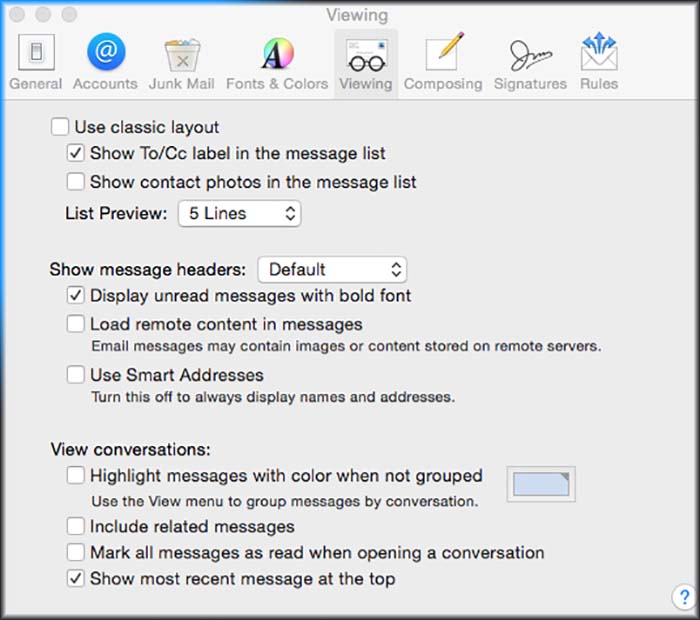Do you know Apple is tracking all of your calls and emails and advocating as total user privacy?
By MYBRANDBOOK
As per a journal published online , Apple has been advocating for unbreakable encryption and total user privacy for years, even if that put it at odds with governments around the world. That’s not just because it gave it an edge on the competition, forcing rivals to also somewhat embrace encryption and better privacy features, but also because Apple seems to genuinely believe that user data and privacy should be defended at all costs.
Apple just added a new provision to the iTunes Store & Privacy policy that tells users that their devices will receive individual scores based on the number of phone calls they make and the emails they send.
As per Apple "To help identify and prevent fraud, information about how you use your device, including the approximate number of phone calls or emails you send and receive, will be used to compute a device trust score when you attempt a purchase. The submissions are designed so Apple cannot learn the real values on your device. The scores are stored for a fixed time on our servers."
How does knowing how many calls we make or emails we send help Apple combat fraud ? A trust score could help to determine whether the purchase a user was attempting to make was deemed an authentic purchase versus a fraudulent one. The data that gets sent to Apple, according to the company, is a numeric score that is computed on the device itself. It uses “the company’s standard privacy abstracting techniques and retained only for a limited period, without any way to work backward from the score to user behavior. No calls, emails, or other abstractions of that data are shared with Apple.” Also, as VentureBeat points out, this new privacy policy applies to Apple TV too.
How to Protect Your Mail :
There are some things you can do to avoid having your email activity monitored. Perhaps the easiest defense is to adjust the settings of your email program so there is no image rendering.

It used to be set that way by default but last year, in a boon to marketers, Gmail made the setting an opt-out feature and many other email providers followed suit. Disabling images will sift and block images from incoming emails, including those tiny, pixel-size tracking bugs. You can click on the missing images you want to see and which ones you don’t."


Madhya Pradesh Launches GCC Policy 2025 to Boost Global Capabi
The MP GCC Policy 2025 will serve as a milestone in advancing Prime Ministe...

OpenAI Board Unanimously Declines Musk-Led Group's $97.4 Billi
The OpenAI board has unanimously rejected a whopping $97.4 billion from a...

Google Gemini AI Introduces Powerful New Recall Feature for En
This update brings Gemini closer to OpenAI’s ChatGPT, which has similar m...

Apple rolls out iOS 18.3.1 critical patch to shield iPhones fr
Just a week after releasing the major iOS 18.3 update, Apple has now issu...


Icons Of India : Arundhati Bhattacharya
Arundhati Bhattacharya serves as the Chairperson and CEO of Salesforce...

ICONS OF INDIA : SOM SATSANGI
With more than three decades in the IT Sector, Som is responsible for ...

Icons Of India : RAJENDRA SINGH PAWAR
Rajendra Singh Pawar is the Executive Chairman and Co-Founder of NIIT ...


GeM - Government e Marketplace
GeM is to facilitate the procurement of goods and services by various ...

NIC - National Informatics Centre
NIC serves as the primary IT solutions provider for the government of ...

GSTN - Goods and Services Tax Network
GSTN provides shared IT infrastructure and service to both central and...


Indian Tech Talent Excelling The Tech World - JAYASHREE ULLAL, President and CEO - Arista Network
Jayshree V. Ullal is a British-American billionaire businesswoman, ser...

Indian Tech Talent Excelling The Tech World - Anirudh Devgan , President, Cadence Design
Anirudh Devgan, the Global President and CEO of Cadence Design Systems...

Indian Tech Talent Excelling The Tech World - JAY CHAUDHRY, CEO – Zscaler
Jay Chaudhry, an Indian-American technology entrepreneur, is the CEO a...
 of images belongs to the respective copyright holders
of images belongs to the respective copyright holders